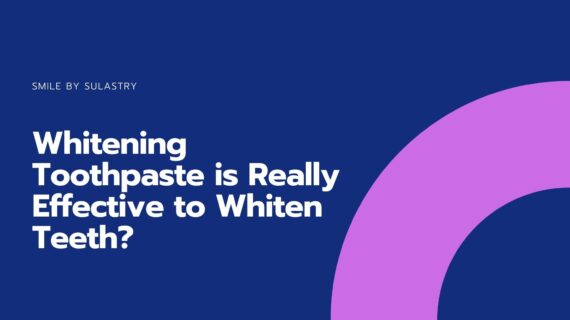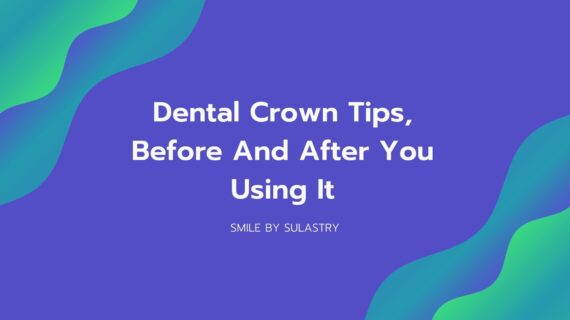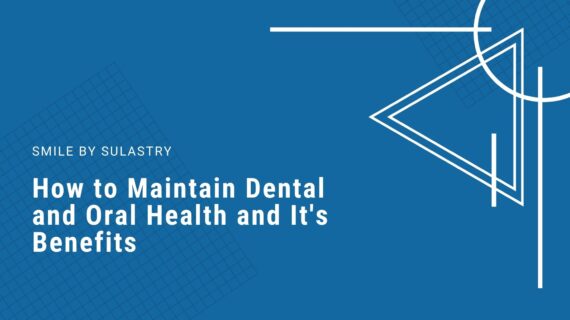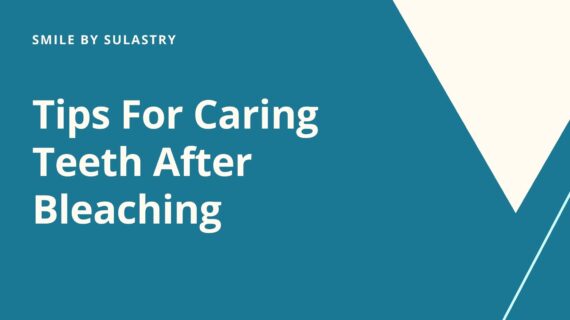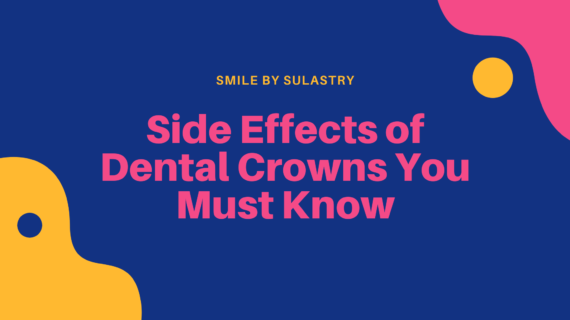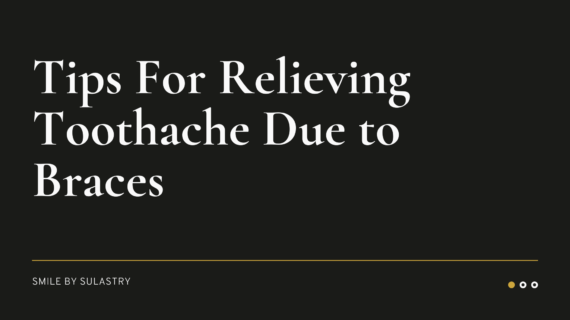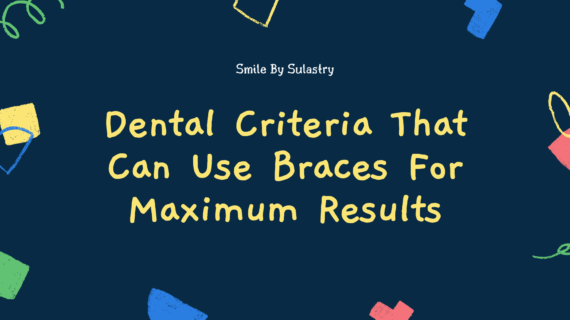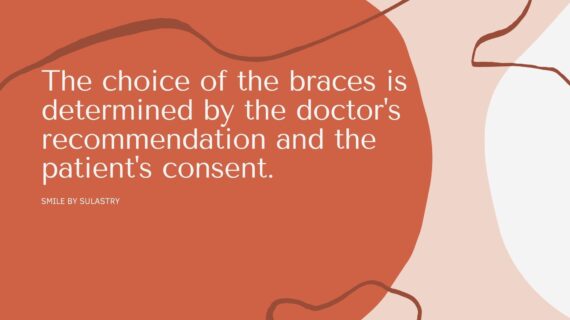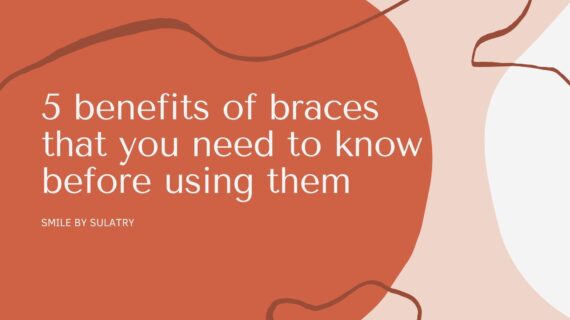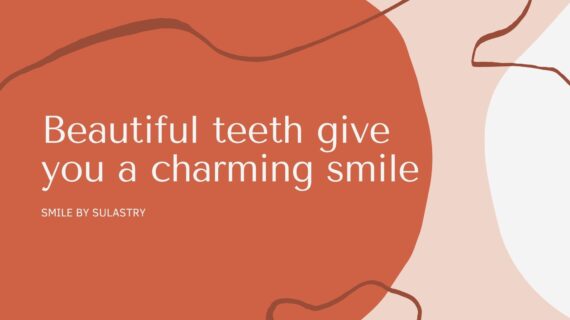Whitening Toothpaste is Really Effective to Whiten Teeth – Do yellow teeth make you feel uncomfortable and you are weird about it? Don’t worry. There are many ways to whiten teeth that you can try. Apart from going to the dentist, brushing your teeth with whitening toothpaste can be the cheapest way. They say this toothpaste is effective for whitening teeth in an instant, hassle-free. Is that true or fake ? Find it here if whitening toothpaste is really effective or not.
Should you use whitening toothpaste to whiten teeth?
Basically, any toothpaste that is currently over-the-counter on the market can help remove stains on your teeth from consuming tea, coffee, or smoking. This is because there are abrasive substances such as silica, calcium, alumina, calcium carbonate, and calcium phosphate contained in toothpaste.
However, especially for toothpaste that contains whitening agents, the abrasive content in it is stronger. It is more effective at removing stains than regular toothpaste that is often used.
There are many over-the-counter teeth whitening products, many of which contain carbamide peroxide or hydrogen peroxide which can lighten dull teeth to a degree whiter than usual.
Some whitening toothpastes also contain chemicals such as blue covarine. It provides a brightening effect that makes your teeth appear whiter and shinier. You can brush your teeth with whitening toothpaste twice a day and not too often because it is not good for dental health.
It’s does not change the original color of the teeth
When used regularly twice a day, whitening toothpaste is effective at disguising tooth surface stains in the next two to six weeks. And if you use a toothpaste that contains blue covarine, the effect will be visible immediately after you brush your teeth with it.
However, it is important to understand that toothpaste containing whitening will not change the original color of your teeth. Not does it remove stains that have penetrated and are left in the deepest part of the tooth surface. This toothpaste is only able to disguise tooth stains on the outer surface of the teeth, aka tooth enamel.
The tooth has many layers that can change color for many reasons and many other factors. The outer layer of the teeth can change color due to the food and drinks you consume daily. The innermost layer of the tooth, which is called dentin, will naturally turn yellow with age.
Among the newest whitening products available are whitening rinses. Like most mouthwashes, they freshen breath and help reduce dental plaque and gum disease. But these products also include ingredients, such as hydrogen peroxide in some, which whiten teeth. Manufacturers say it may take 12 weeks to see results. You just swish them around in your mouth for 60 seconds twice a day before brushing your teeth. However, some experts say that rinses may not be as effective as other over-the-counter whitening products. Because a whitening rinse is only in contact with the teeth for such a short time, just two minutes a day compared to 30 minutes for many strips, it may have less of an effect.
Watch for side effects of whitening toothpaste
Although whitening toothpaste can effectively help disguise stains on your teeth, you should be careful when using whitening toothpaste. If used for a long time, toothpaste can cause tooth enamel damage.
A study published in the American Journal Dentist reports that a number of over-the-counter whitening toothpastes can cause tooth enamel erosion if used for a long time and too often.
Unfortunately, this study has only been tested on animals and has not been tested on human teeth, so further research is still needed to ascertain the effect of toothpaste containing whitening on human tooth decay.
If you want to use whitening toothpaste, look for a product that has the seal of a reputable, trusted organization, such as the American Dental Association. This seal shows that the toothpaste you use will be safe and effective in removing stains on your teeth.
However, it’s even better if you also consult a dentist before using a whitening toothbrush or other teeth whitening product to avoid unwanted things.
Maybe that is it the articles about Whitening Toothpaste is Really Effective to Whiten Teeth. Be careful when using teeth whitening products, use them sparingly if needed and don’t over use it. Hope this article help you a lot, you can also read other articles in this website that can help you find about dental health. Thank you.
Also Read Tips For Relieving Toothache Due to Braces
References :
